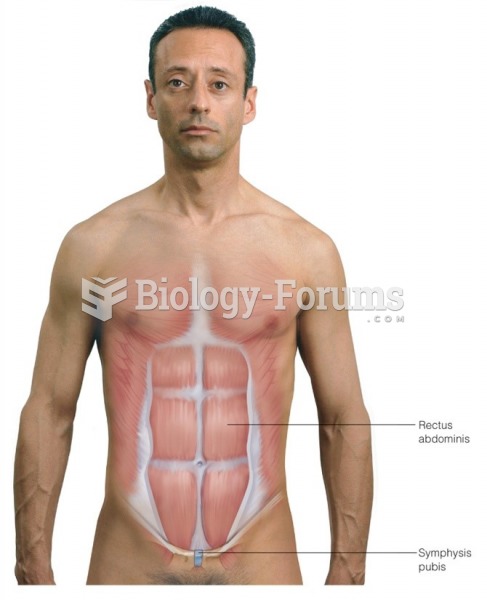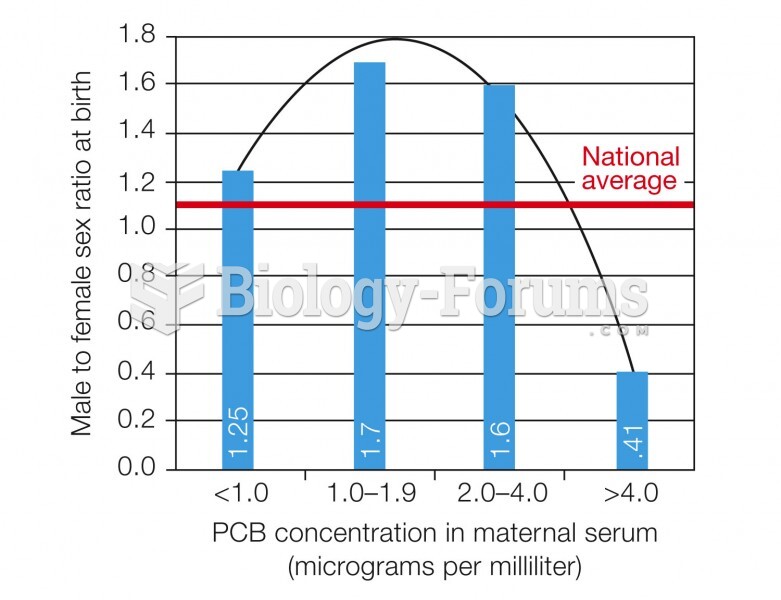|
|
|
Did you know?
Symptoms of kidney problems include a loss of appetite, back pain (which may be sudden and intense), chills, abdominal pain, fluid retention, nausea, the urge to urinate, vomiting, and fever.
Did you know?
Human kidneys will clean about 1 million gallons of blood in an average lifetime.
Did you know?
Medication errors are more common among seriously ill patients than with those with minor conditions.
Did you know?
In 1864, the first barbiturate (barbituric acid) was synthesized.
Did you know?
On average, the stomach produces 2 L of hydrochloric acid per day.







